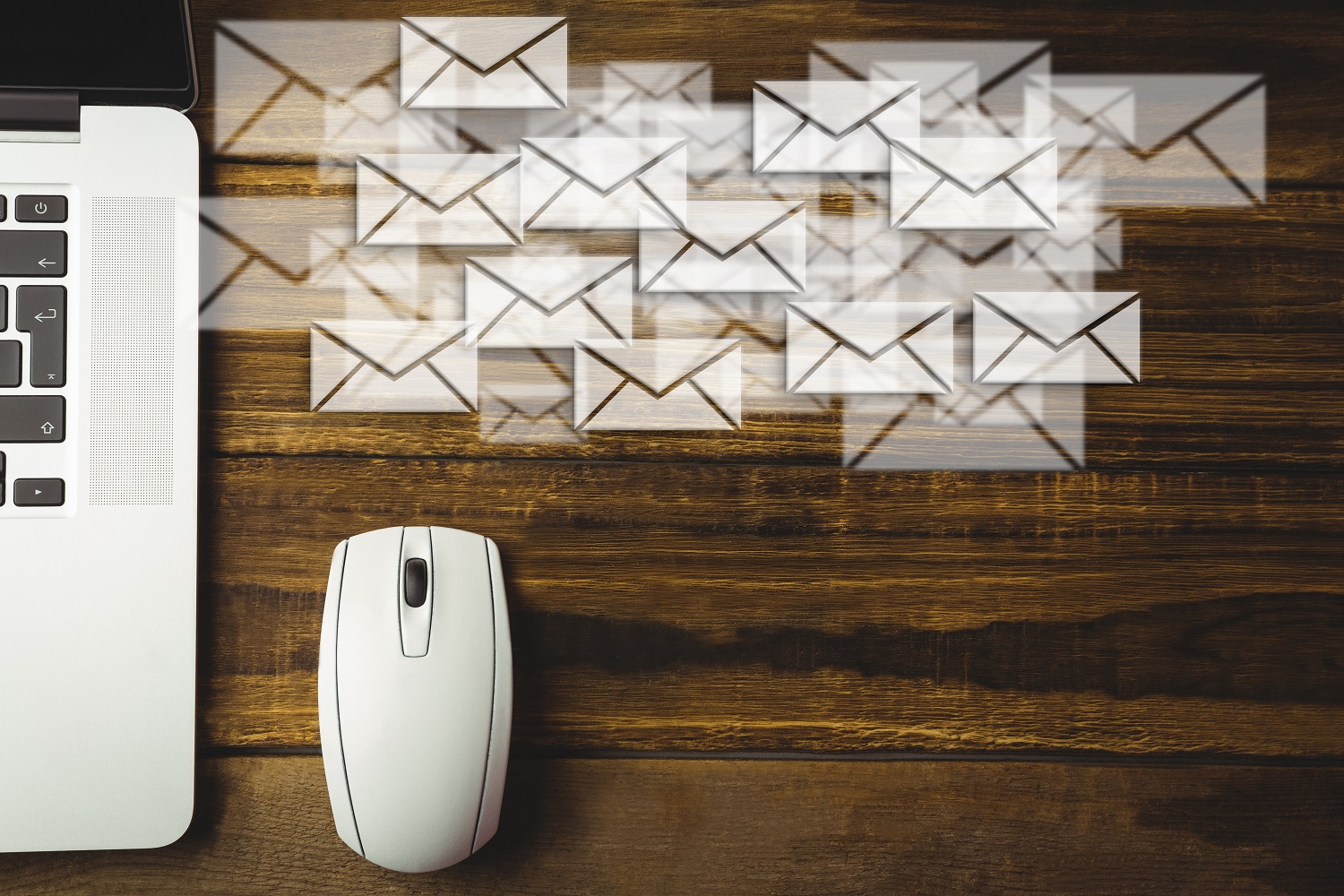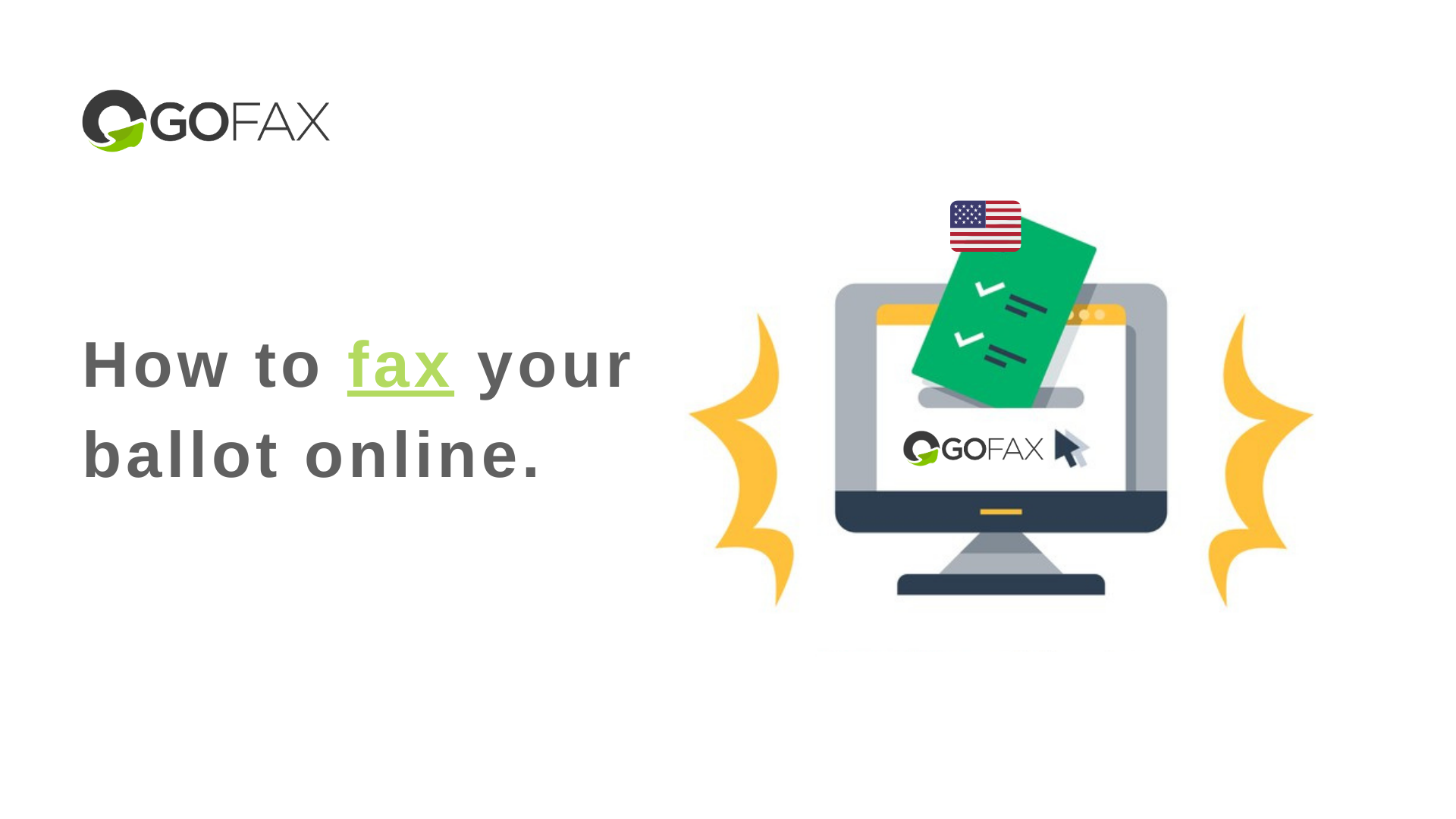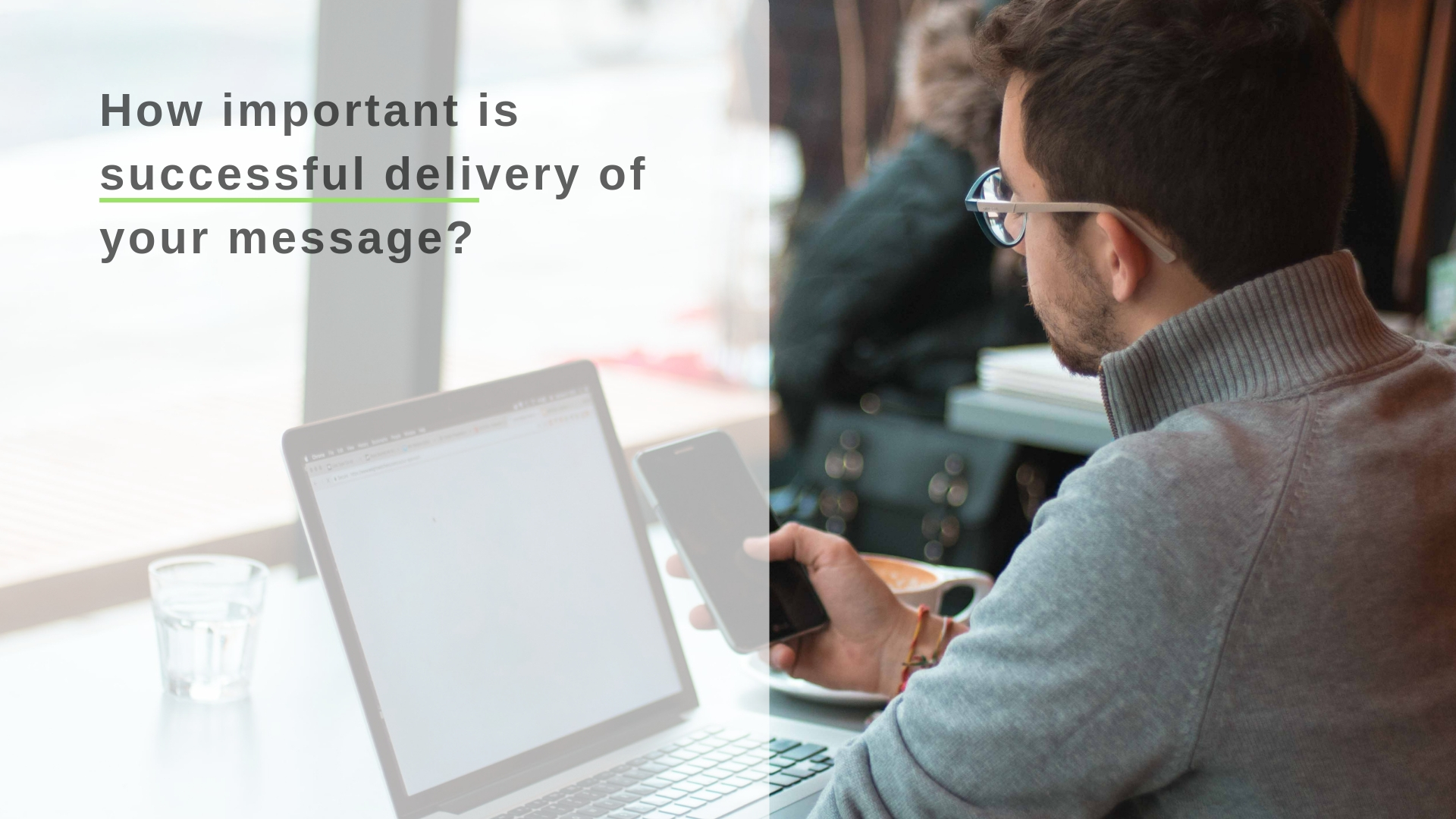Is online faxing more secure than email?
Last updated September 15, 2021
Electronic mail, or email (as it is now more commonly known) was invented in 1971 by Raymond Tomlinson. Due to its ease of use and speed of delivery, email has since become one of the most popular forms of business communications, with organisations around the world using email daily to connect with colleagues, stakeholders, customers and clients.
Although email is a simple and effective way to send information, the pitfalls of email security means sensitive data that may be sent across organisations in regulated industries (for example, invoices, loan documents, government data and patient information) are vulnerable to security breaches if not handled correctly.
This is one of the many reasons why the archaic fax machine is still holding on. Due to its peer-to-peer connection, it’s almost impossible to intercept faxes sent through a fax machine as attackers require direct access to the phone line in order to penetrate the transmission.
Although still in use by many organisations around the world, the fax machine is unreliable, unsecure and error-prone, inevitably being replaced with the rise of cloud-based faxing solutions due to its versatility, security and compliance.
So, is online faxing more secure than email? Why is email embedded in organisations’ communications if it’s so unsecure? We dive into the security issues associated with email, why online faxing is more secure and how organisations can send email to fax and maintain security with GoFax.
Email security risks
There are many reasons why email is an unsecure method of information transfer compared to fax. From phishing attacks to business email compromise, when you send sensitive data via email it’s at risk of being compromised.
No encryption
The Simple Mail Transfer Protocol, or SMTP, is a set of communications guidelines that allows software to transmit information via email. Similarly to other Internet protocols, authentication and confidentiality were added only as an afterthought – leaving intimate communications vulnerable when being sent over email. Without further encryptions, email data can be easily intercepted and stolen as it travels un-encrypted over the network, has the possibility to then be stored un-encrypted on mail servers, Internet mail relays as well as the recipient’s device.
Phishing attacks
Phishing is a method of stealing confidential information by sending fraudulent messages to a victim. Phishing remains as one of the most common methods used by cyber attackers to target Australian organisations, particularly those in the government, healthcare, finance and legal industries. As technology advances, so does phishing – with attackers spending time conducting social engineering to research, identify and target high-value individuals to produce better outcomes for their attacks.
Ransomware
Ransomware has become one of the most significant threats given the potential impact on the operations of organisations and governments. Ransomware, as defined by the Australian Cyber Security Centre, is a type of malicious software that gets onto your device and locks up files so you are unable to access them until you pay a ransom.
It was reported in 2020 that over 60 per cent of Australian organisations had suffered a ransomware attack in the previous 12 months – 10 per cent higher than the global average, costing organisations an average of $AU1.25 million per breach. One of the most common ways ransomware can infect devices in businesses are due to employees opening emails from unknown sources or clicking on malicious links within emails.
Business email compromise
Business email compromise (BEC) attacks targeting organisations and their employees for financial gain through compromised email accounts. Malicious emails, as found in the Australian Cyber Security Centre (ACSC) 2020 annual cyber threat report, are currently (and are likely to continue to be) the most common type of cyber security incident reported.
Online fax security
Sending sensitive information via online fax remains the most secure method of data transmission compared to email and legacy fax machines due to its encryption and security measures to meet industry compliance standards. Some security measures that we have in place to protect sensitive data when being sent, received or stored through GoFax include:
-
Managed firewalls approved for Federal Government use
-
Limited access to GoFax servers and maintaining high security standards with our infrastructure
-
Fax documents are stored on the cloud via AES 256bit encryption with lifetime storage, providing a comprehensive downloadable history and audit trail
-
View and manage fax documents in real-time and receive automated monthly reports
-
We are government accredited and HIPAA compliant
Learn more about the security and compliance measures we have in place at GoFax on our website.
Send your faxes via email with GoFax
So, what can you do when email is your organisation’s preferred method of communication, but you still need your data to remain secure? GoFax’s email to fax/fax to email functionality allows businesses to send fax documents via email, ensuring any data sent via email to fax is encrypted and secure, so your organisation maintains the highest level of security to meet industry compliance standards.
Email to fax security measures at GoFax include:
-
Transport Layer Security (TLS) encryption – TLS encryption is active by default for all GoFax accounts, automatically encrypting fax documents when sent with GoFax’s email to fax feature.
-
Secure Sockets Layer (SSL) encryption – SSL encryption can be setup for any GoFax customer using email to fax sending via a secure email certificate.
-
S/MIME encryption – S/MIME encryption can be setup for any GoFax customer using email to fax receiving via GoFax’s secure email certificate.
-
Auto-delete faxes option - an additional security feature providing GoFax customers with the ability to automatically delete sent or received fax documents, ensuring the data is never stored on our servers.
-
True data sovereignty option – an additional security feature providing GoFax customers with the ability to ensure data always remains within Australia.
Start sending email to fax today
Want to send your fax documents via email, but don’t want to compromise on security? Start sending with GoFax’s email to fax feature today. Create your free GoFax account to get started or give our team a call on 1300 982 872 for a demonstration on the GoFax platform.





